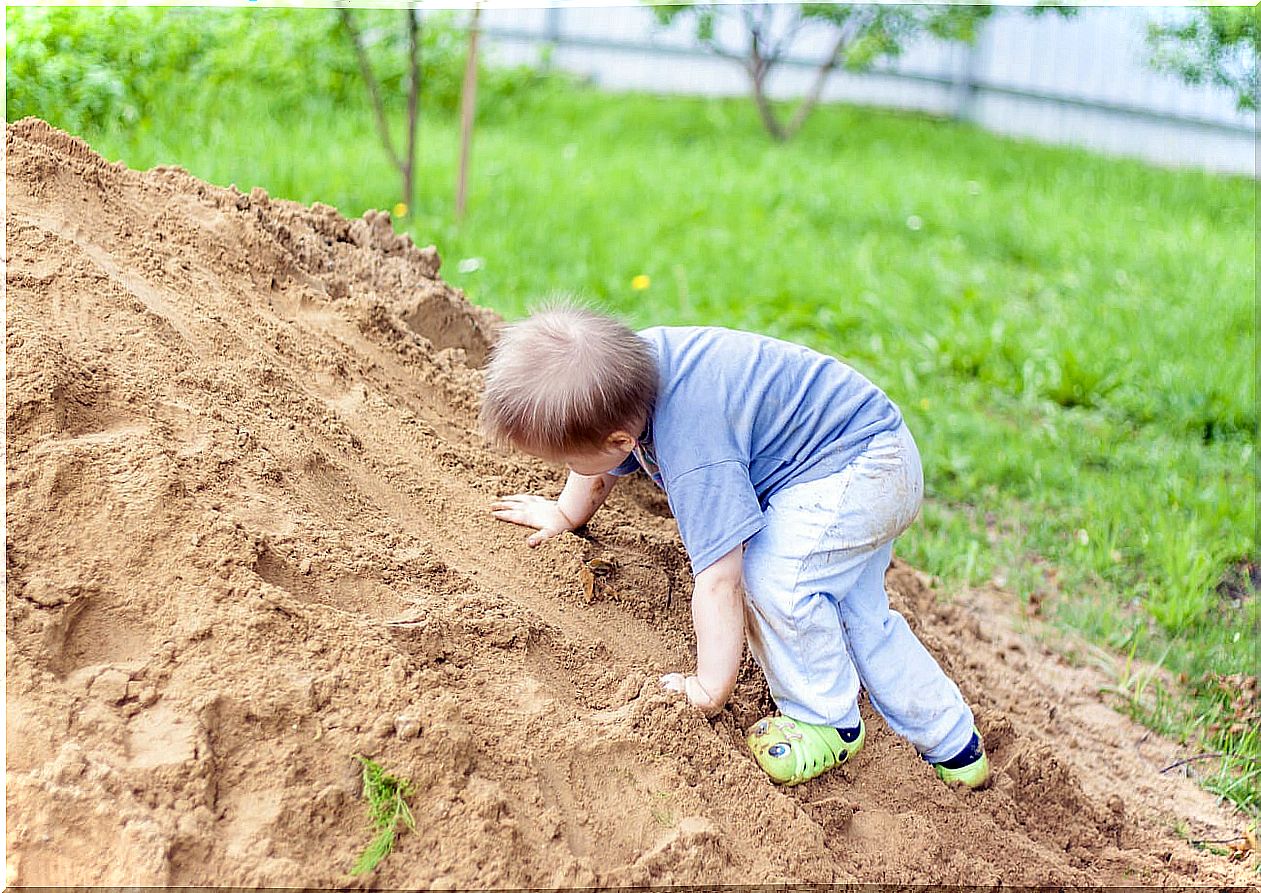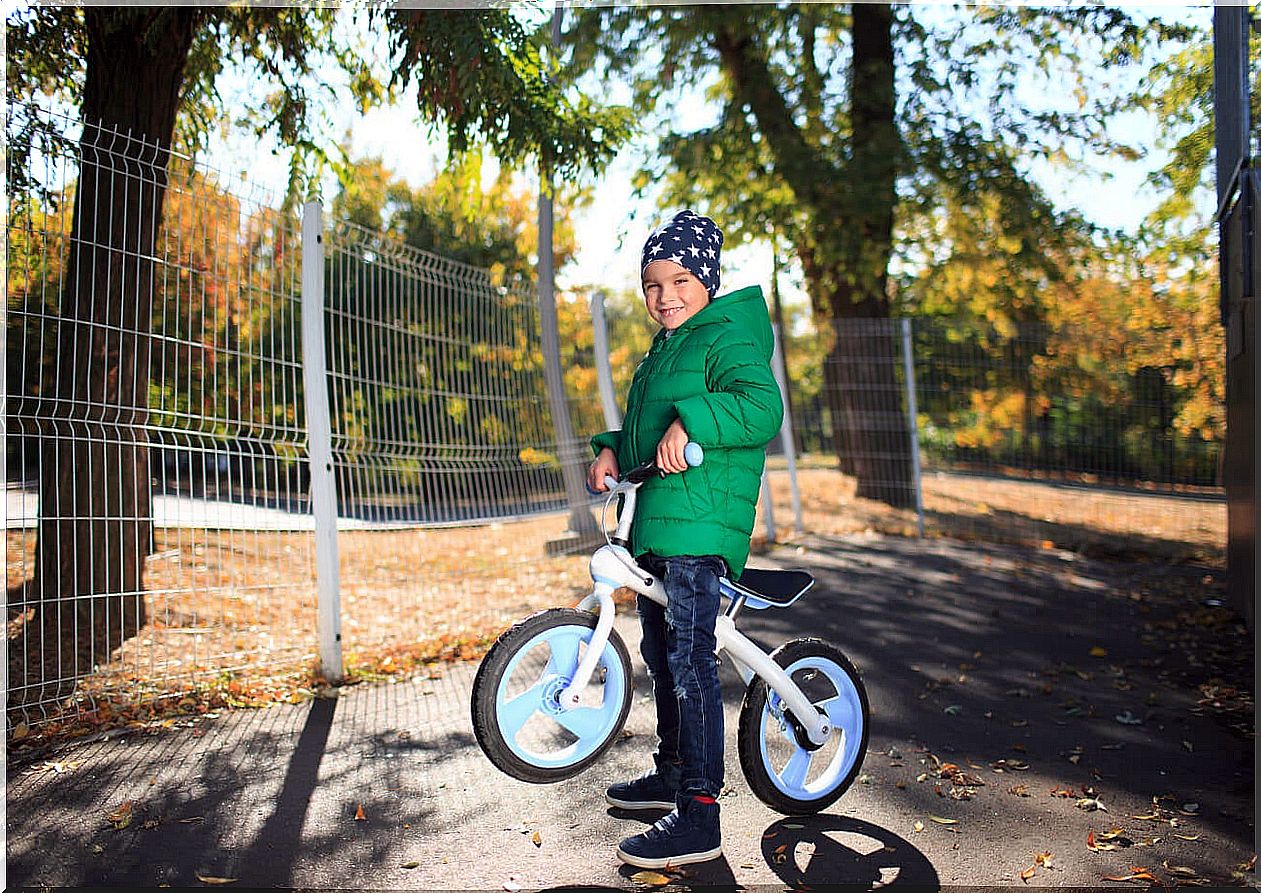Motivating Your Child To Take Risks Prevents Anxiety

One of my most vivid childhood memories is when I was determined to climb a steep and sandy embankment and my mother really encouraged me to do it. I climbed it with no problem, but finding my way down was much more difficult.
When I finally got to the bottom of it safely, I asked my mother in frustration why she was letting me do it. And it is that, motivating your child to take risks prevents anxiety.
His response was: “If you think you can, I think you can . ” The confidence he had in me made a big impression that day. Now research published in the Journal of Clinical Child & Adolescent Psychology backs this up by showing that parents who encourage their children to perform difficult tasks reduce those children’s risks for anxiety disorders.
For this study, the researchers looked at 313 families from the Netherlands and Australia. In both cultures, the children of parents who helped them push their limits were “significantly” less likely to struggle with anxiety disorders.

Challenging behaviors: taking risks
The beneficial methods of “defiant parenting behavior” applied to both intimidating physical challenges (the somewhat crude games) and unfamiliar social situations. In other words: when parents show confidence in their children, children assume that confidence for themselves.
While this is not a cure for anxiety, and we cannot determine causation at this stage, the results are promising in terms of parenting education. By gently motivating your children in reasonable ways to push their limits, you help them reduce their risk of developing an anxiety disorder.
Another great conclusion of the study is that parents should encourage boys and girls to achieve what they set out to do. Especially since girls are prone to believe in gender stereotypes by the age of 5.
Girls don’t take as many risks
Reshma Saujani, the founder of Girls Who Code , in her viral TED talk says that the danger of this is that many girls grow up playing too safe. Most girls are taught to avoid failure and risk.
Boys, on the other hand, are taught to play rough, swing high, play fights or hunts. By the time they are adults, and whether they are negotiating a raise or even asking someone out on a date, men are used to taking risk after risk and are rewarded for it.
More motivation, more confidence to take risks
In other words: we are raising our girls to be perfect and our boys to be brave. And that has to change. Girls are brave too and can take risks!
This new study again underscores the importance of that, not only because encouraging children protects them from anxiety, but also because the results of those tasks they attempt don’t matter. C hen we encourage our children, win or lose, the results are the same: they have more confidence.
Think about their capabilities
As parents, it is necessary to think about the safety of children, so, at the same time that you can motivate them to take risks, you also need to monitor if they can really do it. Motivating them to take risks is fine, as it will give them a lot of confidence, but you have to know what you are motivating.
Motivating a child to do something that he is unable to do will create frustration. For example, encouraging a child to play the piano when they have never done it is not a good idea because they will not know where to start. Instead, encouraging him to take piano lessons and letting him see his progress is always a good thing.

Although playing the piano is not very risky, when he grows up, for example, he can be encouraged to do more risky things, such as choosing a career that he likes even if it doesn’t have many outings, trusting that he is capable whatever is proposed.
If you trust him, he will trust himself
Also, in childhood, if your child is reluctant to do risky things, like riding a bike in the mountains, but you know how to do it well, teach him! Encourage him to do it with you and tell him that you will be by his side if something goes wrong.
Make him understand that at first things can be complicated and can even be very scary, but that with persistence and confidence that barrier of fear is more than overcome.
If you trust your child and show it to him, you will be nurturing his self-confidence. This will make you feel capable of doing and accomplishing anything that comes to mind. So when you want to get something, you just have to get down to business.










